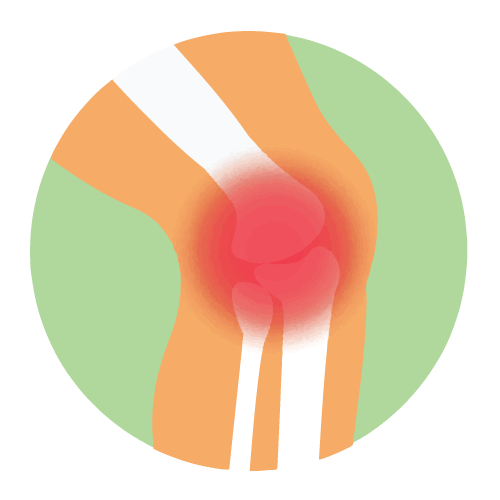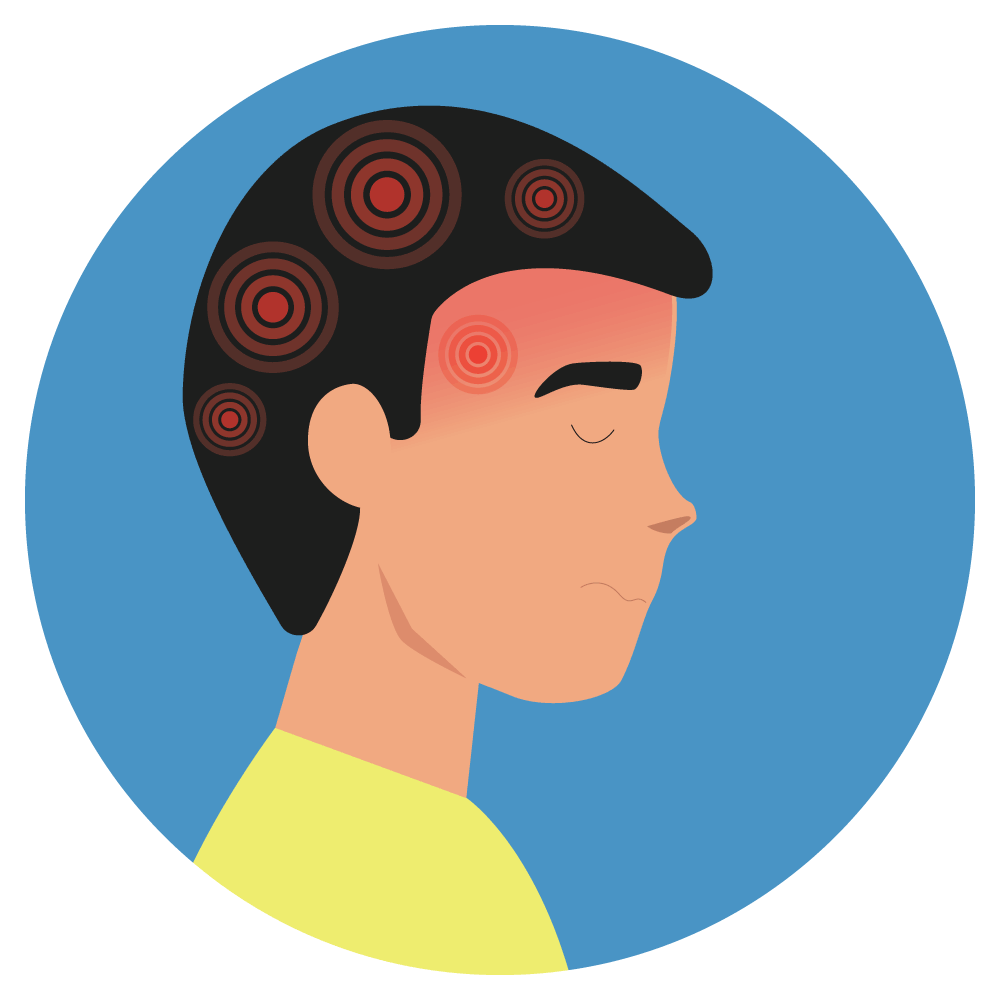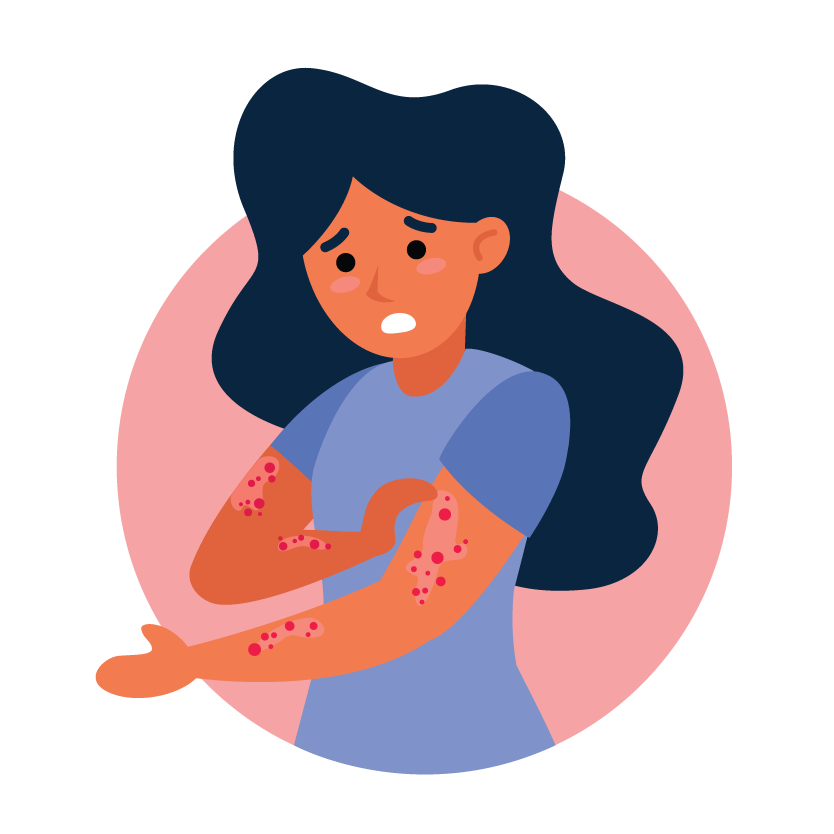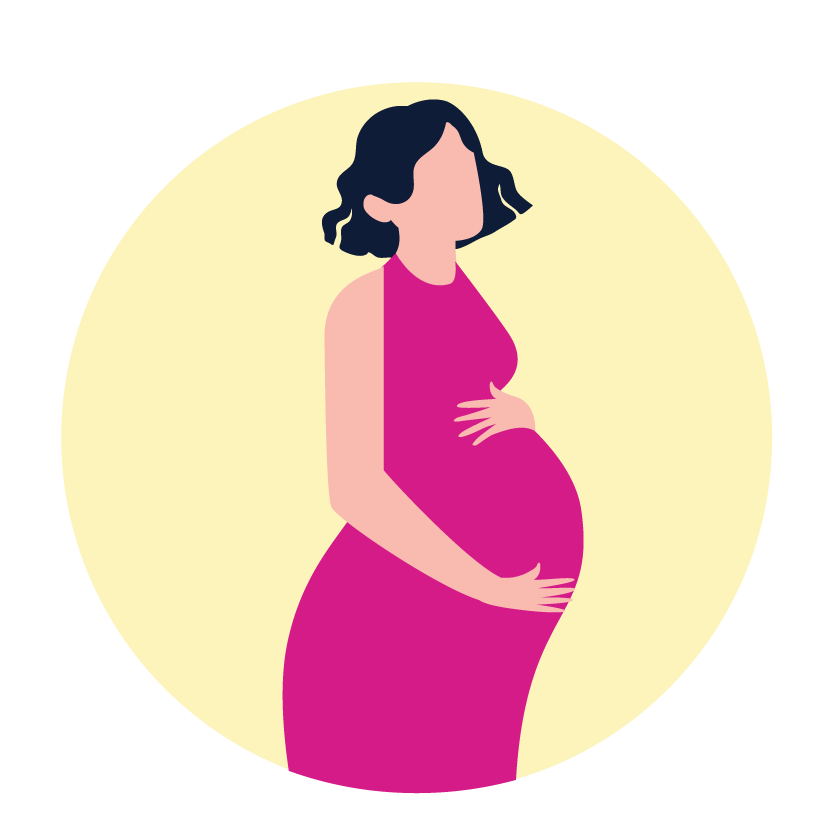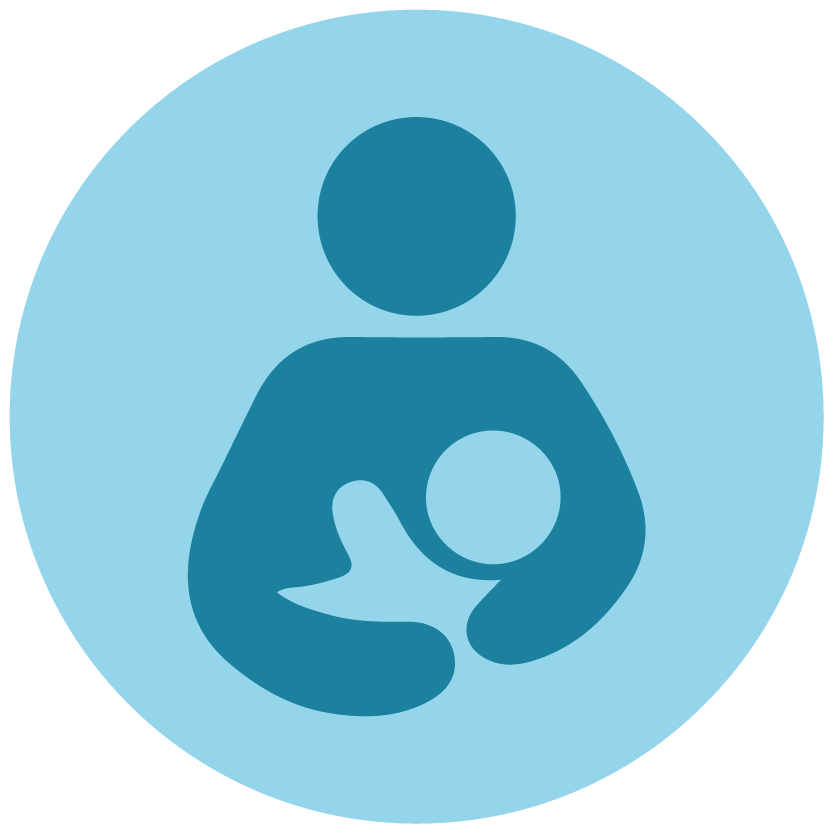| Name | Glucosamine Sulphate |
| Classes |
Nutritional Supplement Dietary Suppleement |
| Diseases |
Arthritis Bone Disorder |
Glucosamine Sulphate
Glucosamine Sulphate is a dietary supplement belonging to the class of amino sugars. It is a natural component of cartilage and plays an important role in the formation and repair of joint tissue. The exact mechanism of action of glucosamine sulfate is not known, but it is believed to stimulate the production of cartilage and synovial fluid.
Glucosamine Sulphate is indicated for the treatment of osteoarthritis and joint pain. It is also used as a dietary supplement to support joint health.
The recommended dose of Glucosamine Sulphate varies depending on the severity of the condition and the age of the patient. The following dosages are generally recommended:
- Adults: 1500mg per day taken in divided doses.
- Children: The use of Glucosamine Sulphate in children has not been well studied. Therefore, it is not recommended for use in children under 18 years of age.
- Glucosamine Sulphate is derived from shellfish, so people with shellfish allergies should avoid taking it.
- Glucosamine Sulphate may interact with blood-thinning medications such as warfarin, so patients taking these medications should consult with their healthcare provider before taking Glucosamine Sulphate.
- Glucosamine Sulphate may interact with diabetes medications, so diabetic patients should consult with their healthcare provider before taking Glucosamine Sulphate.
- Pregnant and breastfeeding women should avoid taking Glucosamine Sulphate due to a lack of safety data.
Contraindication
Glucosamine Sulphate is contraindicated in patients with a known allergy to glucosamine sulphate.
Glucosamine Sulphate is contraindicated in patients with a known allergy to shellfish
 Bangla
Bangla English
English